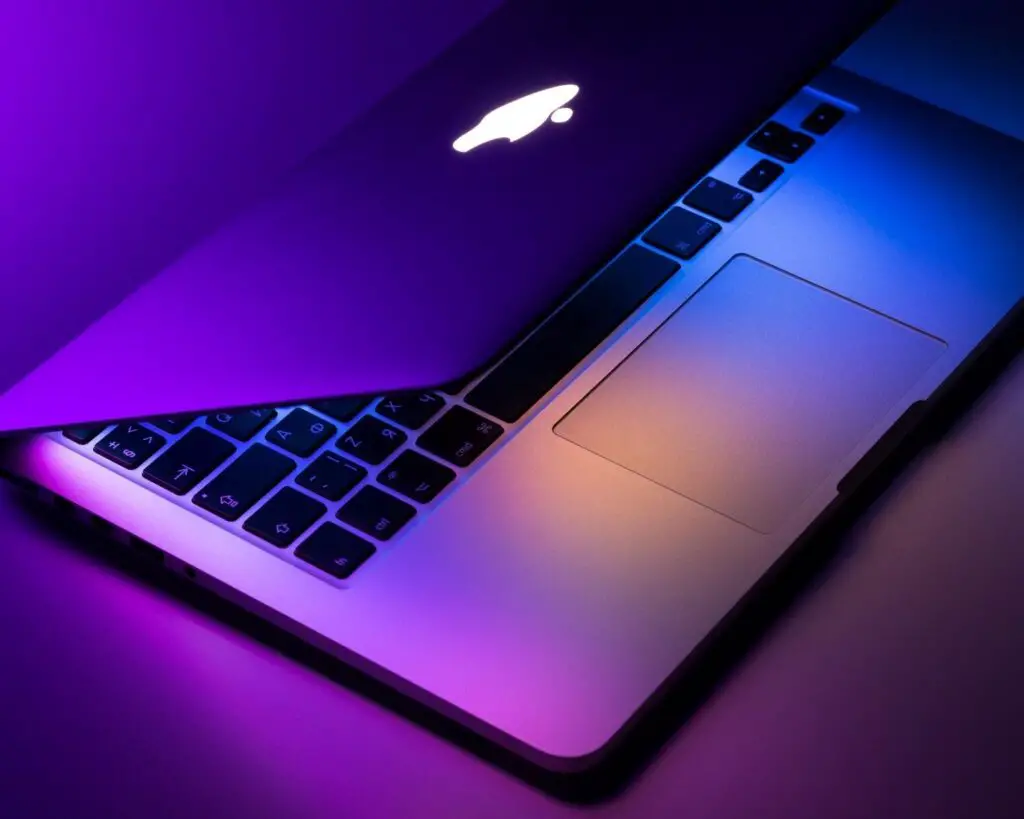When it comes to protecting user data, Apple is one of the few manufacturers who genuinely go above and above what is required of them.
Because apple software and hardware are mostly used by wealthy individuals, including celebrities, the company understands the need of protecting the privacy of those individuals who use them.

The “apple” firm has just inserted a specific physical T2 chip, which is designed to secure computers from hacking, into all of its current models, including the MacBook.
On modern Mac computers, Apple’s unique silicone T2 coprocessor is used for encrypted storage and safe boot, among other security features.
This chip is vulnerable to the same checkm8 hack used to jailbreak iOS devices because it is built on an A10 CPU, as noted by researcher Niels Hofmans in a publication.
This is a hardware flaw in the T2 security chips, which means that an update will not be able to cure it.
Zero-day flaws, which are typically utilised to generate a jailbreak for the iPhone and iPad, are is the Apple security breach that we’re discussing here.
Unauthorized users with physical access to a Mac computer can take complete control of the system, including superuser privileges, by exploiting this vulnerability, regardless of the version of macOS installed.
Thus, a hacker has complete control over the computer, including the ability to infect it with a computer virus and deactivate the system. Even a second drive can be created.
How to Protect Yourself from Being Hacked on a Mac?
Here are some simple tips and tricks that can protect your Mac from being hacked due to these vulnerabilities:
- Use a VPN
When you are using Apple software to connect to the internet, it is essential that you utilize a VPN on Mac for online security. A VPN will minimize external threats on your machine by neutralizing any harmful attacks. It generally acts as a layer of protection between you and other users on the internet, including hackers and scammers.
You can try VeePN’s secure free trial and see the difference it makes to your overall online security.
- Disable your Airport and IPV6 If Not Needed
One way to stay protected against Apple security breaches is to ensure that unnecessary connection ports are closed.
- Open the System Preferences Network pane. Each listed network interface has the following:
- Click “Turn AirPort off” if it’s an AirPort interface but you don’t need it.
- Go to “Advanced.” If you don’t need to configure IPv6, simply uncheck the “Configure IPv6:” box.
- Make sure that the “Disconnect after logging out” option is checked if it is an AirPort interface.
- Use Network Encryption
A hacker can’t get into your wireless network if you use encryption. Your wireless transmissions are disguised as trash data via encryption, which can only be unmasked with the ASCII key you select.
In order to breach WPA2 encryption, you’d need a lot of time and processing power. Use encryption along with a VPN download for mac to stay secure online.
- Use iCloud Keychain
You don’t have to remember all of your passwords with iCloud Keychain. iCloud Keychain may be accessed with a single, powerful master password.
Instant access to all of your online accounts and credit card information is provided through iCloud Keychain. Encryption is done using 256-bit AES. This is a sure-fire way of staying protected during Apple breaches.

- Use Safari
Safari allows you to block all cookies, disable cross-site tracking, and restrict access to location services. In the Safari preference window, you can discover these options.
A built-in Password Generator recommends secure passwords for your online accounts, and an anti-phishing component promises to keep you safe from scams.
The built-in PDF viewer, Flash Player, Silverlight, QuickTime, and Oracle Java plugins are all protected by sandboxing.
Finally, macOS checks all files downloaded using Safari to see if they include executables. That software can be cancelled if you believe it’s not safe to open or run.
Browse safely with Safari and a VPN for your MacBook.
- Use an Antivirus
There is various antivirus software on the market that you can use to protect yourself from Apple security breaches. These have now been advanced from the basic virus catchers that came back in the day.
There is a certain kind of malware that this advanced software can easily catch. This is why it is necessary that you have one installed on your system to keep it secure.
- Never Ignore Software Updates
You can set your Mac to automatically download necessary system updates. Select “System Preferences” from the pull-down menu that appears after clicking the Apple logo in the upper-left corner of the screen.
Click the App Store panel in the “System Preferences” box. Click to place a check in the “Automatically Check for Updates” and “Download Newly Available Updates in the Background” boxes.
Make sure “Install OS X Updates” is checked to make sure updates are installed on demand. As soon as a new version of a critical security update is made available, your computer will be updated accordingly.
- Activate the Built-in Firewall
System updates can be downloaded automatically by configuring your Mac. Go to ‘System Preferences’ by clicking on “Apple” in the upper-left corner of your screen, which brings up a menu. In the “System Preferences” window, select the “App Store” tab. Auto-Check for Updates and Download Newly Available Updates in the Background boxes should be ticked. In order to ensure that updates are installed automatically, tick “Install OS X Updates.” Once an updated version of a crucial security update becomes available, your machine is automatically updated.
There is no doubt that Apple software is secure and robust but the new hardware has some issues that you need to be wary of. Make sure you don’t fall to the basic tactics of hackers out there and are adequately protecting your data by exercising basic online hygiene.